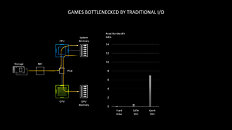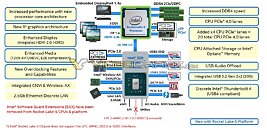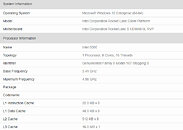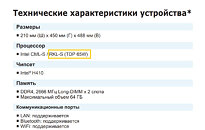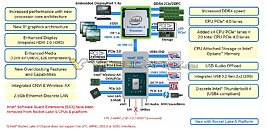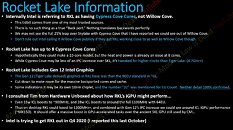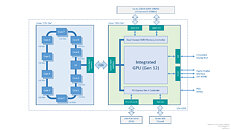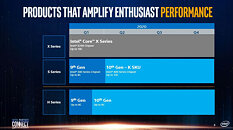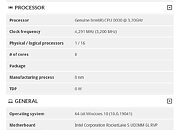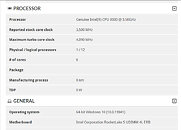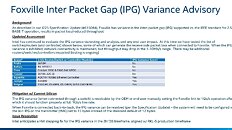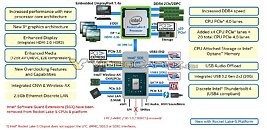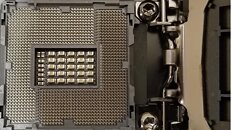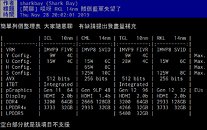
Intel to Debut 500-series Chipset with Core "Rocket Lake-S," Which Launches Late-Q1 2021?
Intel will debut its 500-series desktop motherboard chipset series with its 11th Gen Core "Rocket Lake-S" desktop processors. A leaked alleged roadmap slide possibly from a presentation targeting an Intel ecosystem partner, reveals that the 500-series chipset will debut no sooner than March 2021, which could also mean "Rocket Lake-S" chips themselves could launch around that time, since Intel tends to launch new processor generations alongside new chipsets that are compatible out of the box. Even the 9th Generation "Coffee Lake Refresh" was accompanied by new Z390 and B365 chipsets. That said, Socket LGA1200 motherboards based on the existing 400-series chipset are expected to be compatible with "Rocket Lake-S," with BIOS updates. 500-series chipset motherboards might also support older 10th Gen Core "Comet Lake-S" processors.
The roadmap slide reveals that "Rocket Lake-S" could debut with strictly client-segment chipsets, such as the Z590 targeting overclockers, H570 targeting premium desktops, B560 targeting mid-range desktops, and H510 for entry-level desktops. Later in April, Intel could debut the Q570 chipset for commercial desktops, and W580 for workstations. What sets the 500-series chipset apart from the 400-series, appears to be a standardization of PCI-Express Gen 4, at least for the main PEG slot. Certain premium 400-series chipset motherboards already come with preparation for PCIe Gen 4 PEG. The "Rocket Lake-S" processor sees the first IPC increase by Intel on the desktop platform in five years, as the 14 nm chips are expected to feature new "Cypress Cove" CPU cores, which are a back-port of "Willow Cove" for the older 14 nm process. The chips could also feature a Gen12 Xe iGPU.
The roadmap slide reveals that "Rocket Lake-S" could debut with strictly client-segment chipsets, such as the Z590 targeting overclockers, H570 targeting premium desktops, B560 targeting mid-range desktops, and H510 for entry-level desktops. Later in April, Intel could debut the Q570 chipset for commercial desktops, and W580 for workstations. What sets the 500-series chipset apart from the 400-series, appears to be a standardization of PCI-Express Gen 4, at least for the main PEG slot. Certain premium 400-series chipset motherboards already come with preparation for PCIe Gen 4 PEG. The "Rocket Lake-S" processor sees the first IPC increase by Intel on the desktop platform in five years, as the 14 nm chips are expected to feature new "Cypress Cove" CPU cores, which are a back-port of "Willow Cove" for the older 14 nm process. The chips could also feature a Gen12 Xe iGPU.


